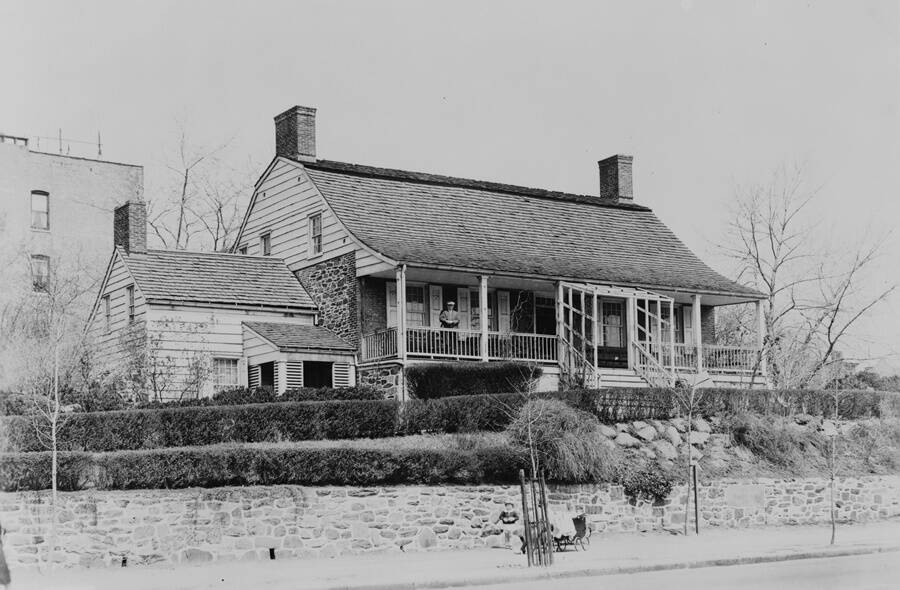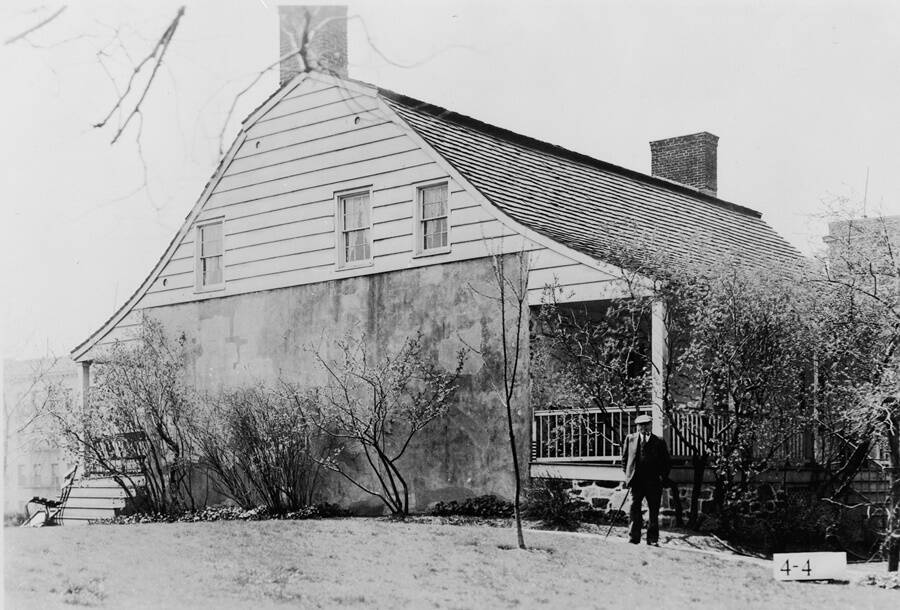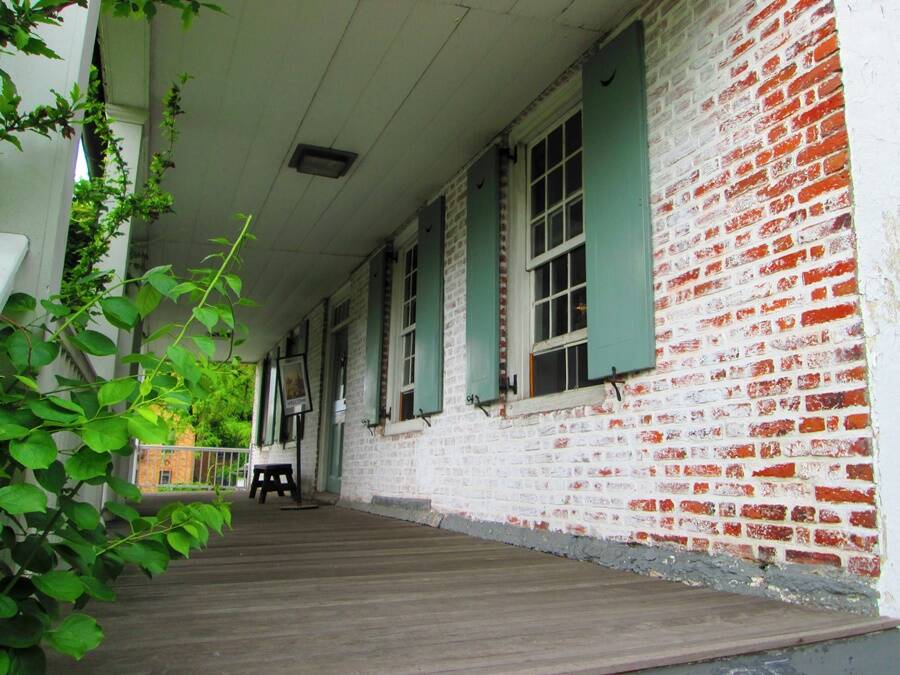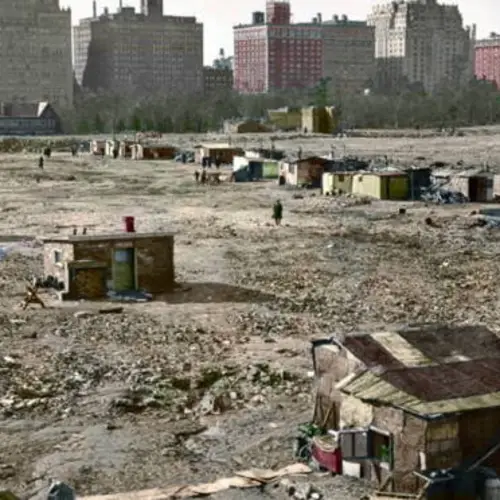William Dyckman built the Dyckman house in 1785 after his family's prior home was destroyed in the Revolutionary War — and it still stands as Manhattan's last farmhouse today.
Take a stroll down Broadway through upper Manhattan and you'll find yourself at the steps of an old farmhouse. The Dyckman Farmhouse is the oldest 17th-century Dutch colonial-style farmhouse in New York City, an enduring remnant of the city's agricultural past.
The first Dyckman farmhouse was built by Jan Dyckman, a Westphalian immigrant who settled in what was then still New Amsterdam, a colony set up by the Dutch.
After the Revolutionary War, his descendant William Dyckman built the current house, which has withstood the urbanization that transformed Manhattan from lush farmland into one of America's biggest cities. It was renovated by Dyckman's descendants to be preserved as a historic site in 1915 and ultimately became a National Historic Landmark in 1967.
And remarkably, this relic of New York's past is still open to visitors today.
The Early Colonization Of Manhattan
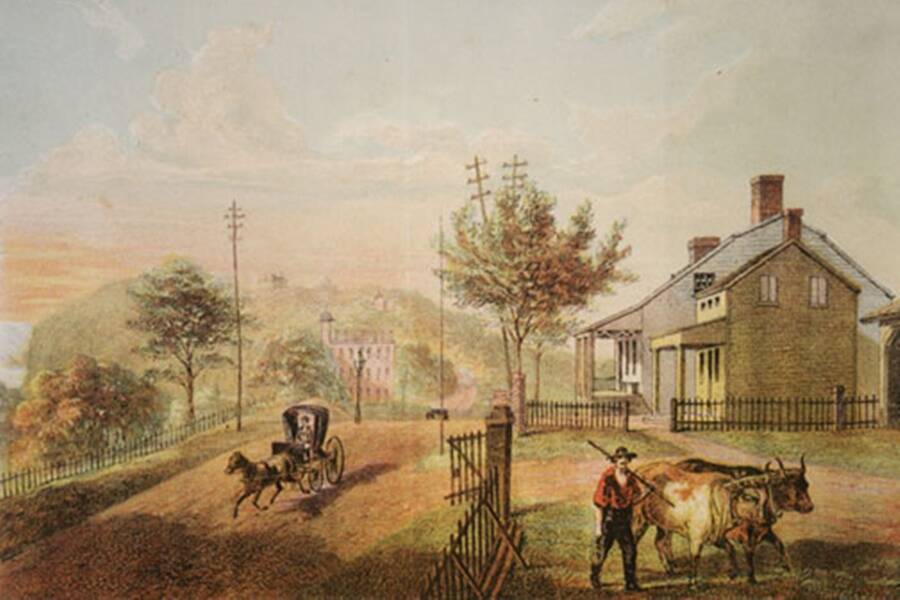
Dyckman Farmhouse MuseumThe first farmhouse was built by Jan Dyckman who arrived in New Amsterdam in 1661.
Before the European colonization of North America, the area we know as New York was inhabited by the Indigenous Lenape people. They inhabited Lenapehoking, a vast territory that stretched between modern-day New York City, Philadelphia, New Jersey, eastern Pennsylvania, and part of the state of Delaware.
Within this territory, there was a "hilly island" detached from the mainland known as Mannahatta — which would later become Manhattan, home of the Dyckman house. The Lenape people farmed, fished, and hunted on the land. But they weren't just resourceful, they were also enterprising.
The Lenape used their hunting bounties to trade with other tribes along the island's rivers. As such, the area became an attractive trade territory for European settlers who arrived in North America in the 17th century.
The Dutch, represented by their state trade enterprise the Dutch West India Company, arrived in the Lenape territory in 1624. They quickly colonized the area, setting up residences and infrastructure through foreign laborers they brought.
These workers were mostly German, English, the Walloons, who are the French speakers of today's Belgium, and enslaved Africans.
The new Dutch colony was named New Netherlands with its center, the island of Mannahatta, dubbed New Amsterdam. The settlement had a diverse set of occupants due to the immigrant laborers brought by the Dutch.
But immigration to the Dutch colony was slow since most Dutch people lived quite well in their homeland. So, the settlers brought even more African slaves to work on the settlement. By 1640, about one-third of New Amsterdam populated by enslaved Africans.
As the legend goes, Peter Minuit, who had just become the new director-general of the Dutch West India Company, bought Mannahatta island from the Lenape people in a peaceful deal that only cost trinkets and beads worth about 60 guilders.
This origin story has been refuted by historians and descendants of the Lenape. Experts posit the sale of the island was one-sided; the Dutch believed they were the owners of Mannahatta while the Indigenous Lenape believed it had been an agreement to simply share the land, not sell it.
The Lenape people refused to leave for decades after the "sale" took place. But they were eventually forced off of their lands, which later became New York state.
Inside The Historic Dyckman Farmhouse
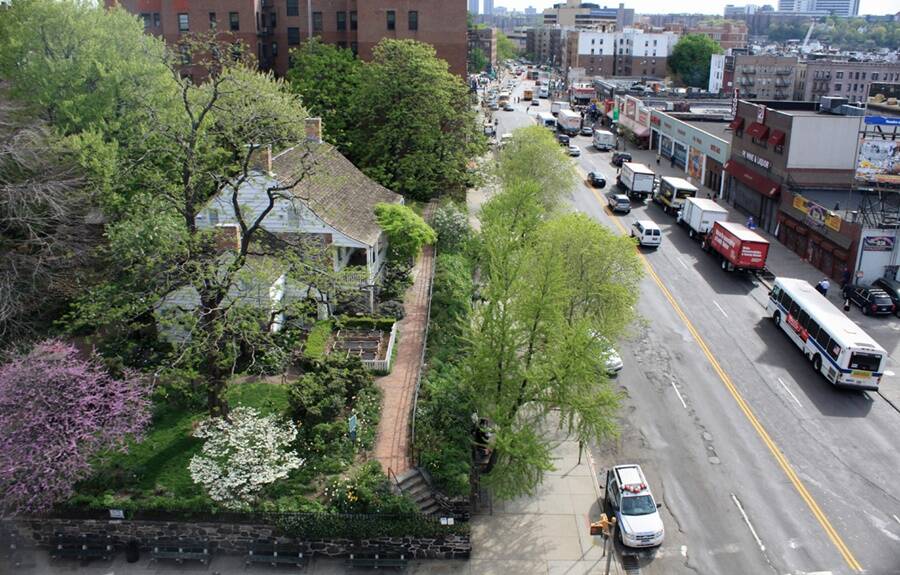
Dyckman Farmhouse MuseumThe Dyckman Farmhouse is the oldest colonial farmhouse to still exist in New York City.
The undeveloped land in New York was prime for farming, and the Lenape people had long successfully grown crops and other produce on the island.
Jan Dyckman was among the first wave of settlers to arrive in 1661. The Westphalian quickly acquired his own plot of land which spanned 250 acres in the upper area of Manhattan island. He built a modest yet comfortable house for his family and began to cultivate his plot.
By the time of the American Revolution, the Dyckman Farmhouse had been inherited by Jan's grandson, William. And when the British forces invaded Manhattan, William Dyckman took his family to seek refuge upstate.
After the Revolutionary War, the original Dyckman Farmhouse and everything else on the property was destroyed.

Dyckman Farmhouse MuseumThe Dyckman Farmhouse is now a historic landmark and museum in the middle of Manhattan.
Undeterred, the Dyckman patriarch rebuilt the homestead. He moved the house to a different location on Kingsbridge Road which is today in the city's Inwood neighborhood.
He built a two-story house using fieldstone, brick, and wood which he painted white, and added porches on both sides of the residence. On its top, the house is sheltered by a gambrel roof, a nod to its Dutch colonial roots.
Inside the house were two parlors. One now serves as a front desk for the Dyckman Farmhouse Museum while the other holds the personal documents of the Dyckman family.
Over the years, the Dyckman Farmhouse grew its produce business planting crops like cabbage and corn while maintaining a stable, barn, an apple orchard, and a cider mill.
Other abodes were added to the property to accommodate the family's growing staff of farm laborers. By 1820, there were 10 people living in the main Dyckman house with 20 others living among the three other houses on the farm.
Like any other piece of real estate, the Dyckman Farmhouse's boundaries ebbed over the centuries. But at one point the property's bounds would have spanned about 20 blocks from 213th Street down into the 190s in upper Manhattan.
The family ultimately auctioned off most of the Dyckman Farmhouse property, but the farmhouse itself remained under the family's possession until 1916.
Preservation Efforts At The Dyckman Farmhouse To This Day
Amid early 20th-century New York City, the Dyckman Farmhouse fell into disrepair. The empty plots and farms that surrounded the farmhouse were filled with new construction. New shops and housing as well as an extension for the subway line turned the rural area into a new part of the rapidly growing city.
As the environment around the house began to change, Mary Alice Dyckman Dean and Fannie Fredericka Dyckman Welch, daughters of the last Dyckman family member to grow up in the house, began restorations on the house in 1915.
The Dyckman descendants worked with their respective husbands, curator Bashford Dean and architect Alexander McMillian Welch, to accomplish the ambitious project which sought to restore the home to its earliest facade. The Dyckman Farmhouse was officially opened to the public in July 1916.
Over a century later, visitors can still visit the Dyckman house amid the ever-evolving urban landscape of Manhattan. It has gained a reputation as a quirky landmark with its tranquil facade like a window to the agricultural past of its busy city setting.
Next, wade through more of New York City's fascinating history with these photos of the city's grimey and graffiti-covered subway during the 1980s and then time-travel to century-old New York in vividly colorized photos.
